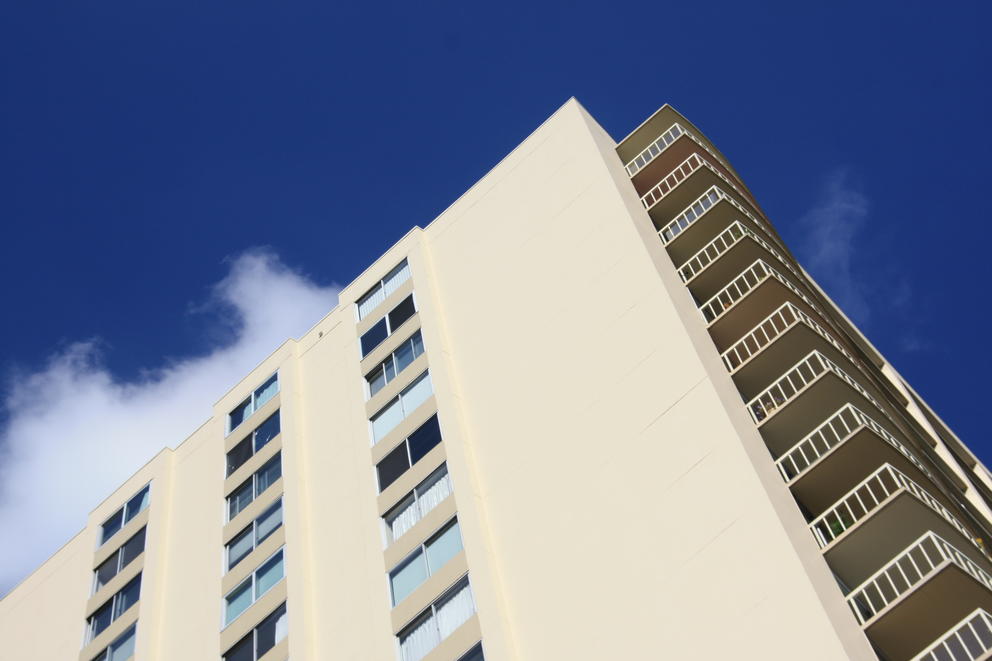The City of Seattle has declared itself a leader in the effort to mitigate the effects of climate change, having committed itself to achieving “carbon neutrality” by the year 2050. It’s an admirable goal, but it is not at all clear how the city plans to get there. There are outstanding regional examples of sustainable architecture, such as Seattle’s own Bullitt Center — a 6-story office building that produces more energy than it consumes on an annual basis, which received logistical and technical support from city agencies.
Yet with the current emphasis on expanding high-rise construction, the City of Seattle is moving in a different direction that seriously compromises the long-term goal of urban sustainability.
The Seattle City Council is currently considering a massive upzone of the University District — the first of 6 planned upzones in Seattle’s designated urban villages. The proposed U-District is envisioned as a kind of “second downtown” dominated by much taller buildings, ranging from seven- to nine-stories in the outer regions of the district, with buildings of 24 to 32-stories in the core.
Proponents of high-rise development — including many planners and real estate developers — point to the positive environmental effects of centering development around transit. True enough. Transit-oriented neighborhoods do have lower rates of automobile usage per person.
But the low-carbon benefits of denser neighborhoods accrue not from density or height per se, but from an optimum distribution of amenities and walkable neighborhoods. A report produced by the British government in 2001 concluded that “the proposition that tall buildings are necessary to prevent suburban sprawl is impossible to sustain.” In fact, due to setback and spacing requirements, tall buildings do not necessarily achieve higher densities than low- or mid-rise buildings.
High-rise construction is actually a high-carbon option on several counts. Taller buildings require more and stronger materials for stability, and the production of those materials — particularly steel and concrete — generates more carbon emissions. Moreover, the construction process itself is more energy intensive.
Consequently, the “embodied energy” of high-rise buildings is substantially higher than that of other building types. A recent study conducted by the Rochester Institute of Technology found that the embodied energy of multifamily buildings of over 10 stories was 15 to 30 percent higher per square foot than that of equivalent mid- and low-rise buildings.
But embodied energy is far less significant than the energy required to operate a building, and high-rise buildings also show much higher energy consumption over time. Data collected by the City of Seattle as a result of its Energy Benchmarking and Reporting Program indicate that multi-family buildings higher than nine stories currently use 60 percent more energy per square foot than comparable four-story or five-story buildings.
The greater energy consumption of tall buildings occurs for several reasons; they require more elevators and building services such as ventilation and water pumping. They have more exposure to wind and sun and thus have higher rates of heat gain and loss, which translates into higher needs for heating and cooling. Furthermore, a relatively small roof-top area limits the ability of a high-rise building to generate significant amounts of its own energy through solar power.
To make matters worse, tall buildings exacerbate the effects of very high temperature days by raising surrounding air temperatures and decreasing natural air flow between buildings, while their long shadows limit the potential for solar energy on adjacent sites.
Architects and engineers have tried to reduce the energy use of tall buildings through better mechanical systems and more efficient lighting. But these “bolt-on” approaches have significant limits. What typically passes for “green architecture” in high-rise construction serves merely to make things slightly less unsustainable.
It is possible to build in urban areas in a truly carbon-neutral fashion, but it requires prioritizing energy and material considerations in the design of buildings and neighborhoods. Wherever possible, we should be building low-carbon, super-efficient buildings that produce the energy that they need, primarily through the use of rooftop solar. By reducing or eliminating the dependence of buildings on centralized energy supplies, cities can then direct fossil fuel and hydroelectric energy to those areas where we have no other options, such as transportation and industry.
As the architect Peter Buchanan has observed, modern architecture — of which the glass-walled high-rise is emblematic — is an “energy profligate, petrochemical architecture” which emerged in an era of cheap and abundant petroleum. It does not serve the needs of the 21st century.
With the election of Donald Trump, it is now clearer than ever that the work of addressing climate change will have to occur at the state and local levels. Buildings have long-term impacts, influencing the design and energy possibilities of a city for decades, even centuries. We can’t afford not to get it right.
Note: Portions of this op-ed incorporate public comments previously given by the author's wife.


